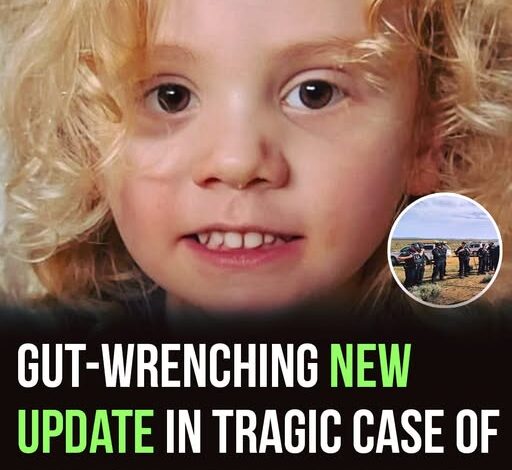Gut-wrenching update after missing toddler vanishes in Australian Outback

Four-year-old Augustus “Gus” Lamont disappeared from the remote Oak Park Station, deep in South Australia’s outback, on the afternoon of September 27. The boy had been playing on a mound of dirt near the family homestead while his grandmother completed chores inside. When she called him in, Gus was nowhere to be found, triggering a frantic search that would grip the nation.
The family initially scoured their vast property themselves, calling out into the endless red horizon. When the sun began to set without a trace of Gus, authorities were notified, launching one of South Australia’s largest search efforts in years. The boy’s disappearance occurred in one of the most unforgiving landscapes in the world, where heat, rugged terrain, and hidden hazards pose serious threats.
Gus was last seen wearing a blue T-shirt, shorts, and no shoes. Oak Park Station spans over 60,000 hectares of arid scrubland and rocky plains, approximately 25 miles south of Yunta. The area is known for its dangers: abandoned wells, open mine shafts, and sudden sinkholes.
For the first few days, neighbors, police, SES volunteers, and Aboriginal trackers combed the property from dawn until dusk. Helicopters equipped with thermal imaging assisted in the search. There was hope that Gus might have wandered seeking shade or chasing an animal, and that he could be found waiting to be brought home.
However, as the days stretched into weeks, hope began to fade. Jason O’Connell, a veteran State Emergency Service volunteer, reported more than 90 hours of ground searches. “We went through everything — every fence line, every waterhole, every gully,” he said. “With the lights and drones, I’m surprised we didn’t find anything. He’s not on that property.”
O’Connell noted a peculiar absence of wildlife activity, unusual during searches in the Outback, which suggested Gus was likely not nearby. A small footprint discovered 500 meters from the homestead briefly raised hopes but was later deemed unrelated.
Temperatures in the region swung from blistering heat during the day to near freezing at night, making conditions extremely challenging for rescuers. By the tenth day, after more than 100 square kilometers had been searched on foot and by air, officials faced the devastating reality.
Deputy Commissioner Linda Williams announced a shift in focus from search and rescue to recovery. “Based on expert medical advice, the likelihood of locating Gus alive is now extremely low,” she said. The decision came after exhaustive efforts under harsh conditions, leaving authorities and the family with dwindling hope.
Despite the grim announcement, the investigation remains active. The Missing Persons Section within Major Crime is pursuing new leads, and the Lamont family continues to cooperate fully with authorities.
As the case gained nationwide attention, public scrutiny quickly turned harsh. Social media became a platform for speculation and blame, with strangers targeting the family and local law enforcement. Family friend Alex Thomas urged the public to show compassion, emphasizing the Lamonts’ grief and the pressures of rural life.
Meanwhile, some well-meaning locals showing up uninvited to assist have added stress to the family, highlighting the need for privacy amid ongoing searches. Police have requested the public refrain from spreading unverified information to avoid hindering the investigation.
Yet, even as the official search scaled back, a small group of volunteers continues evening sweeps of the property. In the nearby town of Yunta, a handmade sign at a café reads: “Come home, Gus. We’re still waiting.”
For now, the harsh Outback holds its secrets, and the nation waits, anxious and united in hope, as the story of Gus Lamont remains unresolved.